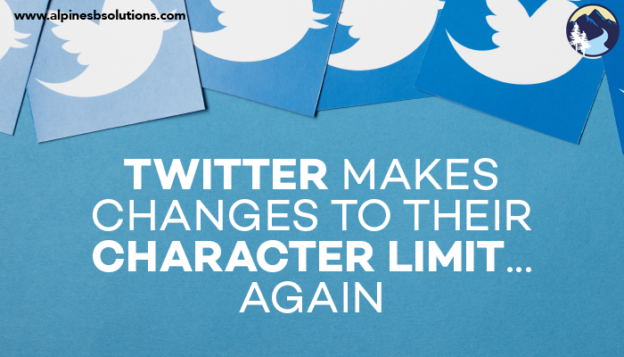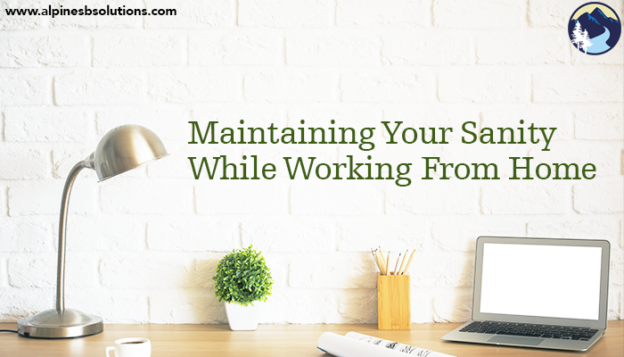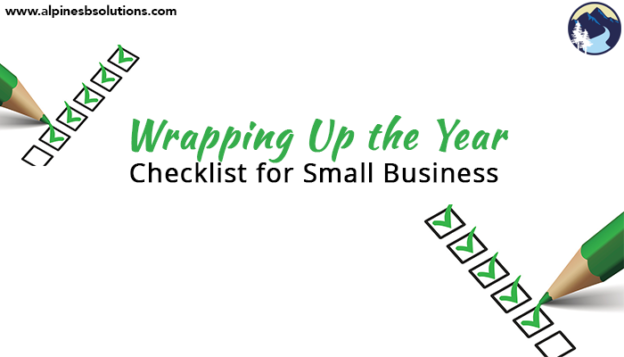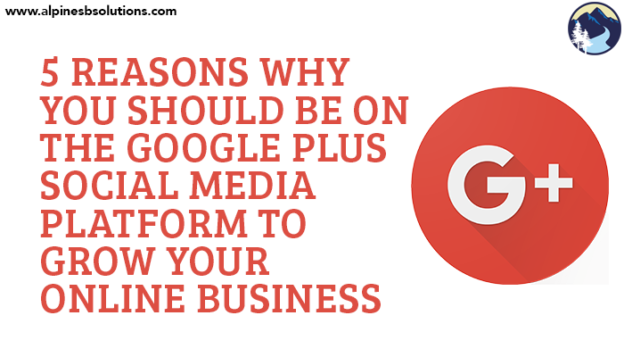In today’s fast paced digital world, the best form of advertising is online and social media right?
Wrong.
In many cases, you are better off marketing with promotional products. You know, those pens/bags/shirts/mugs/other random assortment of items branded with a company’s name and logo.
Sure, you may roll your eyes a bit when you get a pen from your dentist. Gee thanks I’ve always wanted a dentist pen. But you still own the pen don’t you? And you still see that dentist don’t you?
The promotional products industry is valued to be more than $21 billion for one clear reason: it works.
There are a number of reasons why your small business can benefit from marketing with promotional products.
More Bang for Your Buck
 The cost per impression tends to be among the lowest for promotional products compared to other methods of advertising.
The cost per impression tends to be among the lowest for promotional products compared to other methods of advertising.
Newspapers: 3.2¢
Prime-time TV: 2.5¢
Targeted mobile: 1¢
Internet: .7¢
Promotional product: .7¢
For highly cost effective marketing, go with Internet or promotional products. But as the following reasons show, promotional products often edge out Internet in other arenas.
Customers View Promotional Products Highest
When ranking different forms of advertising, consumers rank promotional products as the most highly regarded form. Internet advertising came in sixth and mobile advertising came in seventh. Put your money where the consumer trust is.
Customer Generation
Promotional products help at every stage of customer generation.
 For raising awareness among the target audience, promotional products lead to 22% more referrals and 14% more leads. Promotional products also help increase response rates to direct mail marketing by 50%.
For raising awareness among the target audience, promotional products lead to 22% more referrals and 14% more leads. Promotional products also help increase response rates to direct mail marketing by 50%.
Promotional products create a favorable view of the company in 76% of people.
For turning leads into customers, promotional products turn 52% of people into customers.
Promotional products help you reach your target audience, woo your target audience, and convert your target audience into customers.
Customers Better Remember Your Company
Consumers remember your company better when it shows up as a promotional product over other forms of advertising.
 They say 76.1% of consumers can remember the company name off of a promotional item given to them in past year. Only 53% could remember from a TV or print ad they saw in the last month. A mere 27% could recall from an online ad.
They say 76.1% of consumers can remember the company name off of a promotional item given to them in past year. Only 53% could remember from a TV or print ad they saw in the last month. A mere 27% could recall from an online ad.
There are a few possible explanations for this discrepancy. Customers are blasted with online ads every day, so they learn to tune them out (or install ad blocker). Customers are not bombarded with promotional products daily, so the ad stands out.
Promotional products also lead to repeat exposure, while an online, TV, or print ad does not. There, the customer sees the ad once. With a promotional product, they can see it multiple times. About 73% of consumers used the promotional product in the last week and 45.2% used it at least once a day. And 58% of consumers keep the promotional product from between one year to four years. That’s a lot of exposure, helping customers better remember your company.
A Case for Promotional Products
Choosing the right advertising medium for your company is a never ending quest. Various factors affect the “best” option at this given moment: the budget, the campaign project, the target audience, etc.
Promotional products are unfortunately often overlooked as a solution in today’s electronic world, but they should not be. Promotional products may be exactly what you need for marketing your company! That simple pen/bag/shirt/mug/other random item could be the ticket to capturing the attention (and the payment) of your target audience.
If you want assistance implementing a promotional product marketing campaign, Alpine Small Business Solutions is here for you! Just give us a call or shoot us an email to get started.




 Previously, a reply would involve a tweet beginning with “@username” and then the user’s message. The username character count went towards the 140-character limit. If a few users were involved in the conversation, the character total quickly got eaten up. It also made it difficult to actually see the message content since it was after a long string of usernames
Previously, a reply would involve a tweet beginning with “@username” and then the user’s message. The username character count went towards the 140-character limit. If a few users were involved in the conversation, the character total quickly got eaten up. It also made it difficult to actually see the message content since it was after a long string of usernames Twitter’s goal is to make conversations easier to follow, allowing users to focus on the discussion of the tweets and not the lists of those in the discussion.
Twitter’s goal is to make conversations easier to follow, allowing users to focus on the discussion of the tweets and not the lists of those in the discussion.  In the past few years,
In the past few years, 
 Ask yourself if everything needs to be done. Then ask yourself again. Much of what we do can be automated or streamlined. Can you batch tasks to get them done more efficiently? Is there a low-cost service you can invest in to automate these repeating tasks? Is the output on a task really worth the time and effort cost? Ruthlessly evaluate everything on your to-do list and then eliminate, automate, and streamline.
Ask yourself if everything needs to be done. Then ask yourself again. Much of what we do can be automated or streamlined. Can you batch tasks to get them done more efficiently? Is there a low-cost service you can invest in to automate these repeating tasks? Is the output on a task really worth the time and effort cost? Ruthlessly evaluate everything on your to-do list and then eliminate, automate, and streamline. Taking a few minutes to write everything down makes a world of difference. Seeing everything in black and white makes it instantly less stressful. A list can be tackled. A list has an end point. A list means we are no longer wasting precious mental energy trying to keep track of everything in our mind. Writing it down helps us “clear our heads” and see the full picture, allowing us to more effectively strategize.
Taking a few minutes to write everything down makes a world of difference. Seeing everything in black and white makes it instantly less stressful. A list can be tackled. A list has an end point. A list means we are no longer wasting precious mental energy trying to keep track of everything in our mind. Writing it down helps us “clear our heads” and see the full picture, allowing us to more effectively strategize. You can spare fifteen minutes to
You can spare fifteen minutes to  Now that you have returned to the grind, ready to tackle your projects, it is important to proactively
Now that you have returned to the grind, ready to tackle your projects, it is important to proactively 
 You can’t work as a
You can’t work as a  This insurance is added to a property insurance policy or is included in a package policy.
This insurance is added to a property insurance policy or is included in a package policy. Disability insurance is especially important for
Disability insurance is especially important for Fortunately, you have several options. If you’re married, check out your spouse’s policy. You can join the Freelancer Unions’ National Benefits Platform. You can go through a faith based health care sharing service. Check out your state’s
Fortunately, you have several options. If you’re married, check out your spouse’s policy. You can join the Freelancer Unions’ National Benefits Platform. You can go through a faith based health care sharing service. Check out your state’s 
 What actually happens when we fail to structure our day isn’t the
What actually happens when we fail to structure our day isn’t the  Just like you need boundaries with your time, you need boundaries with your space. Find a place in your house that’s just for work. Ideally, it will be a separate room. But, if you don’t have the space for a full office, that’s okay. Maybe you can set a desk in your bedroom or the living room. What’s important is you have somewhere to go with minimal distractions.
Just like you need boundaries with your time, you need boundaries with your space. Find a place in your house that’s just for work. Ideally, it will be a separate room. But, if you don’t have the space for a full office, that’s okay. Maybe you can set a desk in your bedroom or the living room. What’s important is you have somewhere to go with minimal distractions. Sometimes, we get so into our flow we don’t realize we’ve been working for hours straight. The best way to fight stress and burnout is proactively, so it’s important to avoid this work grind. Schedule breaks into your day. Maybe it’s 10 minutes every hour with a half hour lunch break. Maybe it’s the Pomodoro method, where you work for 25 minutes and take a five-minute break. Play around with different strategies and find
Sometimes, we get so into our flow we don’t realize we’ve been working for hours straight. The best way to fight stress and burnout is proactively, so it’s important to avoid this work grind. Schedule breaks into your day. Maybe it’s 10 minutes every hour with a half hour lunch break. Maybe it’s the Pomodoro method, where you work for 25 minutes and take a five-minute break. Play around with different strategies and find  This isn’t about becoming one of those scary “don’t you dare interrupt me while I’m working” work witches.
This isn’t about becoming one of those scary “don’t you dare interrupt me while I’m working” work witches. Some people (very few mind you) can work in grunge clothes without it affecting their work. Good for them!
Some people (very few mind you) can work in grunge clothes without it affecting their work. Good for them!
 team members. Praise their successes. Encourage reflection on their struggles and setbacks. Ask if they are happy with the direction of their role, and if there’s anything you can help them with. Talk with them about their life apart from work. Do everything you can to support them and ensure they feel valued, both as your valued team member and as an individual.
team members. Praise their successes. Encourage reflection on their struggles and setbacks. Ask if they are happy with the direction of their role, and if there’s anything you can help them with. Talk with them about their life apart from work. Do everything you can to support them and ensure they feel valued, both as your valued team member and as an individual. for your business to move forward with every
for your business to move forward with every  celebrate the past year. Highlight accomplishments and successes of the organization as a whole, and spotlight individuals who went above and beyond. Mention notable changes, like welcoming new staff members or new
celebrate the past year. Highlight accomplishments and successes of the organization as a whole, and spotlight individuals who went above and beyond. Mention notable changes, like welcoming new staff members or new 
 While
While  Second, through the use of Google+ Circles (similar to friending someone or liking a page on Facebook). If an individual is logged into Google and they added you to their Google+ Circle, your content is more likely to show up in their search results.
Second, through the use of Google+ Circles (similar to friending someone or liking a page on Facebook). If an individual is logged into Google and they added you to their Google+ Circle, your content is more likely to show up in their search results. Another great
Another great 








